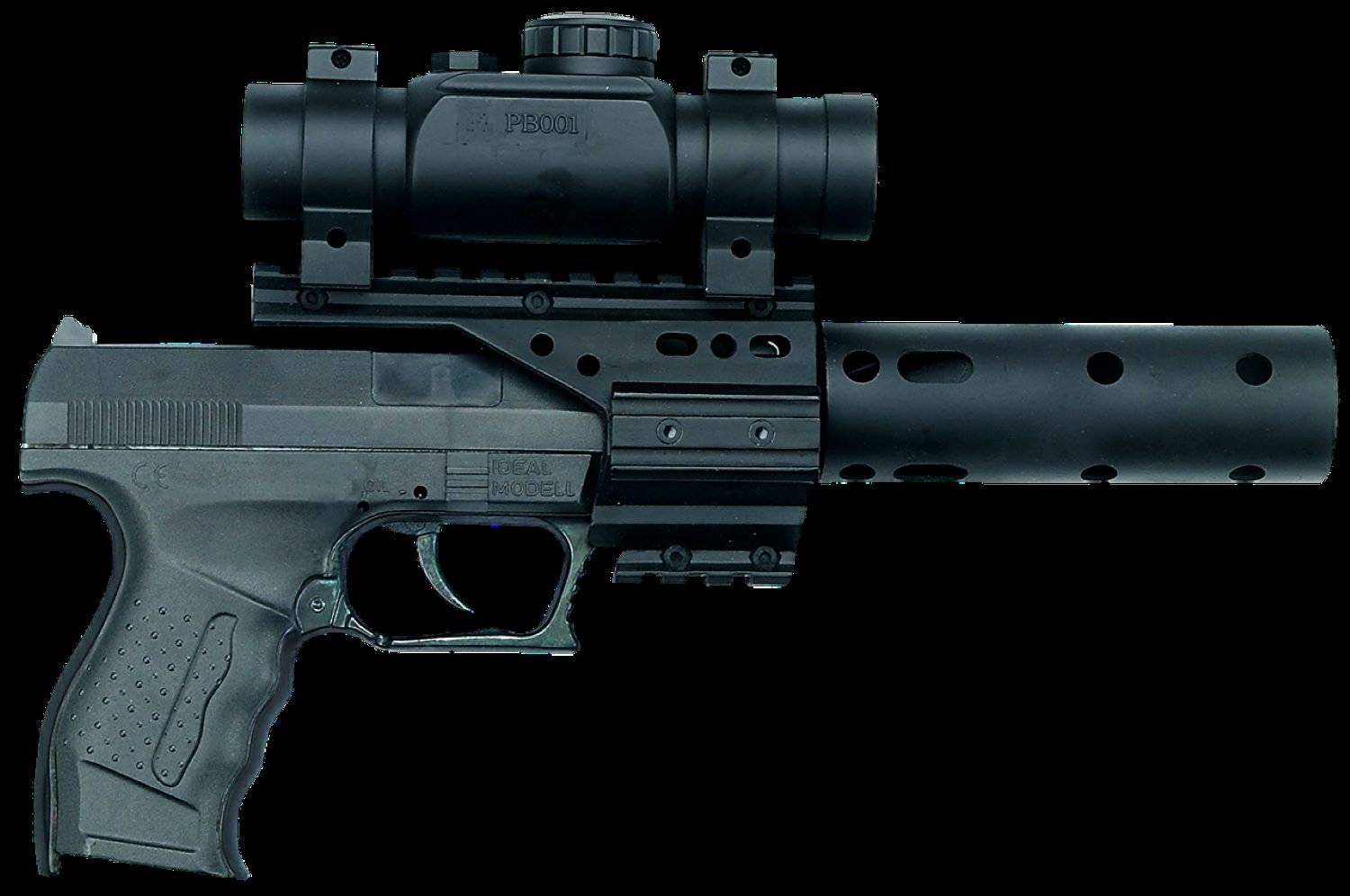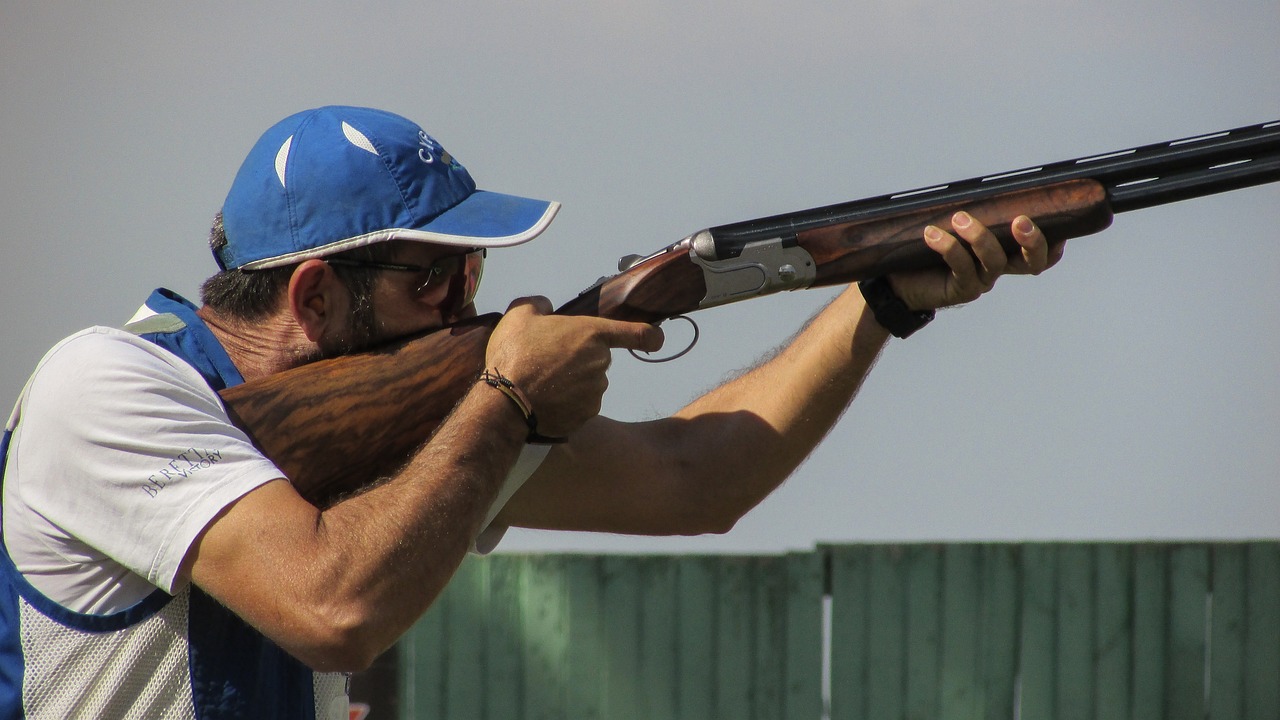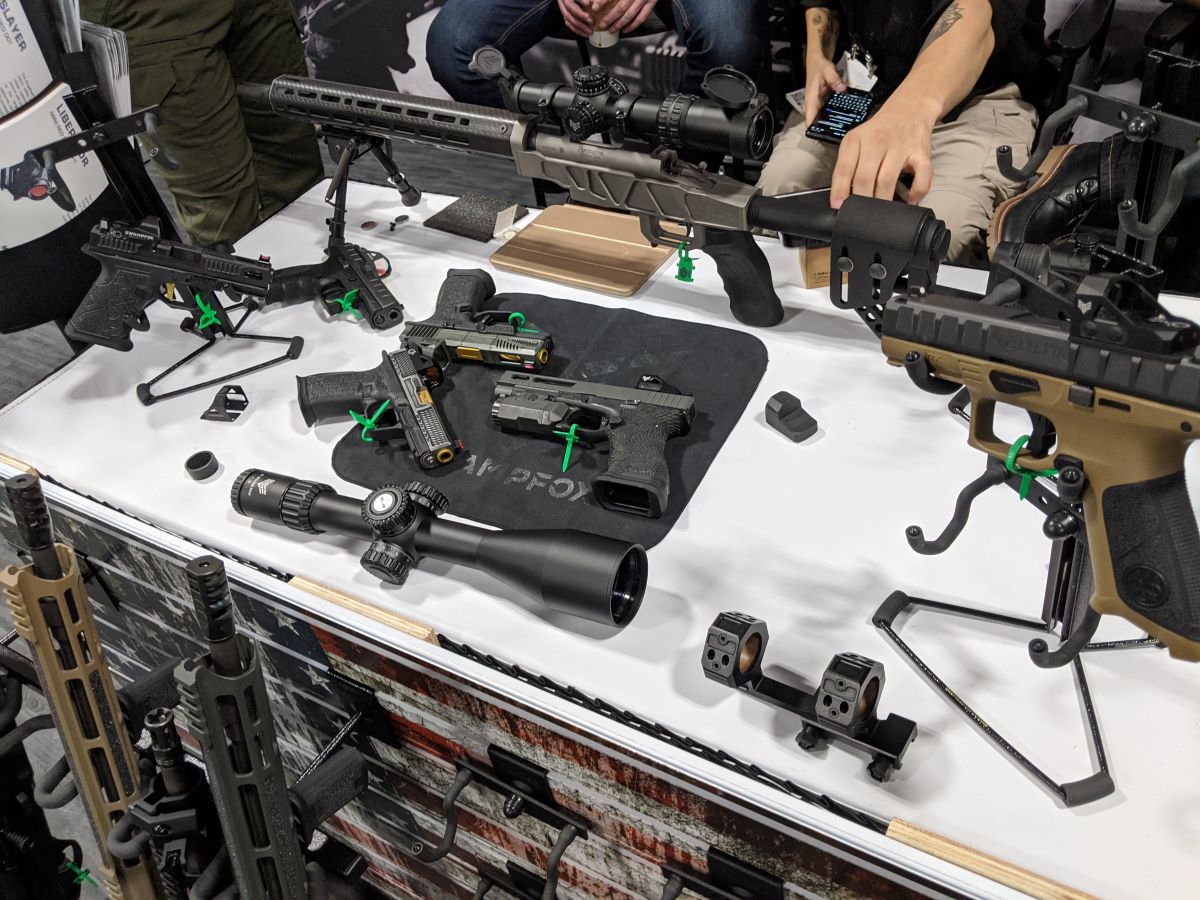Small Arms and Light Weapons: Why Do They Matter?
Posted by Mandu Moses on Sep 15th 2023
Firearms have long been a hot-button issue, igniting passionate debates that can divide even the highest courts. On one side, there's the constitutional right to bear arms, offering self-defense and protection. On the other, concerns about the destructive potential when placed in the wrong hands. With no end in sight to this ongoing debate, I embarked on a deep dive into the validity of these viewpoints.

photo by frederick shaw
Let’s first put the matter into context. Small arms and light weapons (SALW) are a category of portable lethal weapons that expel or launch a shot, bullet, or projectile by explosive action.
Types of Small Arms and Light Weapons
SALW is divided into two main classes: small arms and light weapons.
Small arms are weapons designed for individual use, such as handguns, rifles, submachine guns, and shotguns. They include revolvers, pistols, rifles, carbines, sub-machine guns, assault rifles, and light machine guns.
Light weapons are either crew-served or shoot explosive munitions, such as machine guns, grenade launchers, rocket-propelled grenades, and mortars. This group of weaponry also includes explosives, hand grenades, land mines, ammunition, portable anti-aircraft and anti-tank guns, and portable launchers of anti-tank missiles.
Characteristics of Small Arms and Light Weapons
Small arms and light weapons are relatively inexpensive, durable, easy to replicate, and easy to use. They are often easily concealed. According to the Small Arms Survey, there are more than one billion firearms in the world, the vast majority of which are in civilian hands.
These numbers may seem a little high for citizens that live in countries governed by the rule of law, and that have their law enforcement officers armed too. Before we put a pin on this, let’s first see what impacts these arms have on the people and their economies.
Impacts of Small Arms and Light Weapons on People and their Economies
Small arms and light weapons (SALW) are often portrayed as a source of insecurity and violence in the world, and many initiatives have been launched to prevent and reduce their proliferation and misuse. However, small arms and light weapons has positive aspects that are often overlooked or ignored.
In a nutshell: Small Arms can provide a means of self-defense and security for individuals and communities, especially in situations where the state is unable or unwilling to protect them.
This is, however, simplistic. Consider that person who works in the hunting industry, that officer in the direct line of fire, that veteran who went to war for the country, or that gunsmith who depends on this for livelihood.
Small Arms can contribute to economic development and livelihoods, as they can be used for hunting, sport, and trade. Moreover, it can foster a culture of responsibility, discipline, and patriotism, as they require proper training, handling, and maintenance.
As long as it is a responsible and lawful carry, concealed carry shouldn’t be attracting lots of debates. Here’s why:
For Self-defense and Security
Many people own firearms for personal protection, as they perceive them as a deterrent against crime, violence, and threats. For example, in the United States, where there are about 393 million civilian firearms, 67% of gun owners say they own a gun for protection.
Furthermore, SALW can also provide security for communities that are vulnerable to armed attacks, such as ethnic minorities, indigenous groups, refugees, and displaced persons. For instance, in Sudan, where there are about 3.2 million civilian firearms, many communities have armed themselves to defend against militia violence and government repression. In Colombia, where there are about 2.7 million civilian firearms, some rural communities have formed self-defense groups to resist guerrilla groups and paramilitary forces.
Therefore, Small Arms can be seen as a tool for empowerment and survival for people who face insecurity and violence in their daily lives.

photo by jay rembert
Resistance and Rebellion
Democracy can be messy sometimes, it is commonly sought worldwide and rarely attained in some regions. Although this case does not apply to the US, SALW can enable resistance and rebellion against oppressive and illegitimate regimes, and support the right to self-determination and democracy.
A Small Arms Surveyreported that there are about 133 million military firearms in the world, which account for 13% of the total firearms. Many of these firearms are used by non-state actors, such as rebel groups, liberation movements, and pro-democracy activists, who seek to challenge the status quo and demand political change. For example, in Syria, where there are about 2.9 million military firearms, many opposition groups have used Small Arms to fight against the Assad regime since 2011.
Small Arms can also support the right to self-determination and democracy for people who seek autonomy or independence from oppressive states. For instance, in Kurdistan, where there are about 1.8 million military firearms, many Kurdish groups have used Small Arms to defend their territory and culture from Turkey, Iraq, Iran, and Syria. In East Timor, where there are about 100,000 military firearms, many Timorese groups used Small Arms to resist Indonesian occupation and achieve independence in 2002.
Therefore, Small Arms can be seen as a weapon for liberation and revolution for people who seek freedom and justice in their political lives.
Economic Development and Livelihoods
Small Arms contribute positively to economic development and livelihoods. Most pro-gun Americans use these firearms for hunting, sport, and trade.
Moreover, some people use them for business such as private security companies, which offer protection services to individuals, businesses, and organizations. For example, in Brazil, where there are about 6.1 million law enforcement firearms, there are more than 600,000 private security guards, who generate an annual revenue of $6 billion. In Kenya, where there are about 600,000 law enforcement firearms, there are more than 400,000 private security guards, who create an annual income of $1 billion.
Hunting, sport, and trade provide income, food, and recreation for many people. For instance, in Canada, where there are about 12.7 million civilian firearms, there are more than 1 million hunters, who spend about $4.1 billion on hunting activities every year. In Australia, where there are about 3.2 million civilian firearms, there are more than 600,000 sport shooters, who participate in various shooting competitions and events.
Therefore, Small Arms can be seen as a source of economic development and livelihoods for people who use them for productive and recreational purposes.

Image by Dimitris Vetsikas
On the flip side, Small Arms when used lawlessly and irresponsibly, can have devastating impacts on human lives, livelihoods, and environments.
Small Armsare responsible for about half a million deaths every year, 90% of which are civilians. It is a fact that the irresponsible use of Small Arms causes millions of injuries, disabilities, displacements, and psychological traumas among survivors.
Furthermore, Small Arms also hampers economic development by destroying infrastructure, disrupting trade, diverting resources, and creating insecurity. It also contributes to environmental degradation by causing deforestation, pollution, wildlife poaching, and climate change.
The misuse, illicit transfer, and destabilizing accumulation of small arms and light weapons and their ammunition remain a defining factor in undermining peace and security at the national, regional, and global levels and have deeply aggravated situations for vulnerable populations already suffering from conflict.
The use of small arms also facilitates a vast spectrum of actions constituting violations of human rights, including the killing and maiming of children, rape, and other forms of sexual and gender-based violence. They are widely used in armed conflicts, terrorism, and crime, and pose a serious threat to human security and development.
Solutions to Small Arms Problems

The international community has recognized the need to address the problem of small arms and light weapons and has adopted several initiatives to prevent and reduce their proliferation and misuse. Some of these initiatives include:
- The UN Programme of Action on small arms and light weapons, which provides a framework for cooperation among states to prevent, combat, and eradicate the illicit trade in small arms and light weapons in all its aspects.
- The Arms Trade Treaty, which establishes common standards for international trade in conventional arms, including Small Arms and Light Weapons.
- The Geneva Declaration on Armed Violence and Development, which commits states to reduce armed violence and its negative impacts on development.
- The International Tracing Instrument, which obliges states to mark and trace small arms and light weapons to facilitate their identification and tracking.
- The Firearms Protocol, which supplements the UN Convention against Transnational Organized Crime by criminalizing the illicit manufacturing and trafficking of firearms.
These initiatives aim to enhance the regulation, accountability, transparency, and cooperation among states and other stakeholders in dealing with small arms and light weapons issues. They also seek to promote awareness, education, research, and advocacy on the issue of Small Arms.
Conclusion
Small Arms have positive aspects that are often overlooked or ignored. They can provide a means of self-defense and security, enable resistance and rebellion against oppression, and contribute to economic development and livelihoods. Therefore, people should have the right to carry Small Arms, as long as they do so in a responsible and lawful manner.
However, this does not mean that Small Arms are harmless or beneficial in all situations. Small Arms also have negative impacts that need to be addressed and reduced. Therefore, it is important to balance the benefits and risks of Small Arms and to ensure that they are regulated, controlled, and used in a responsible and lawful manner.
